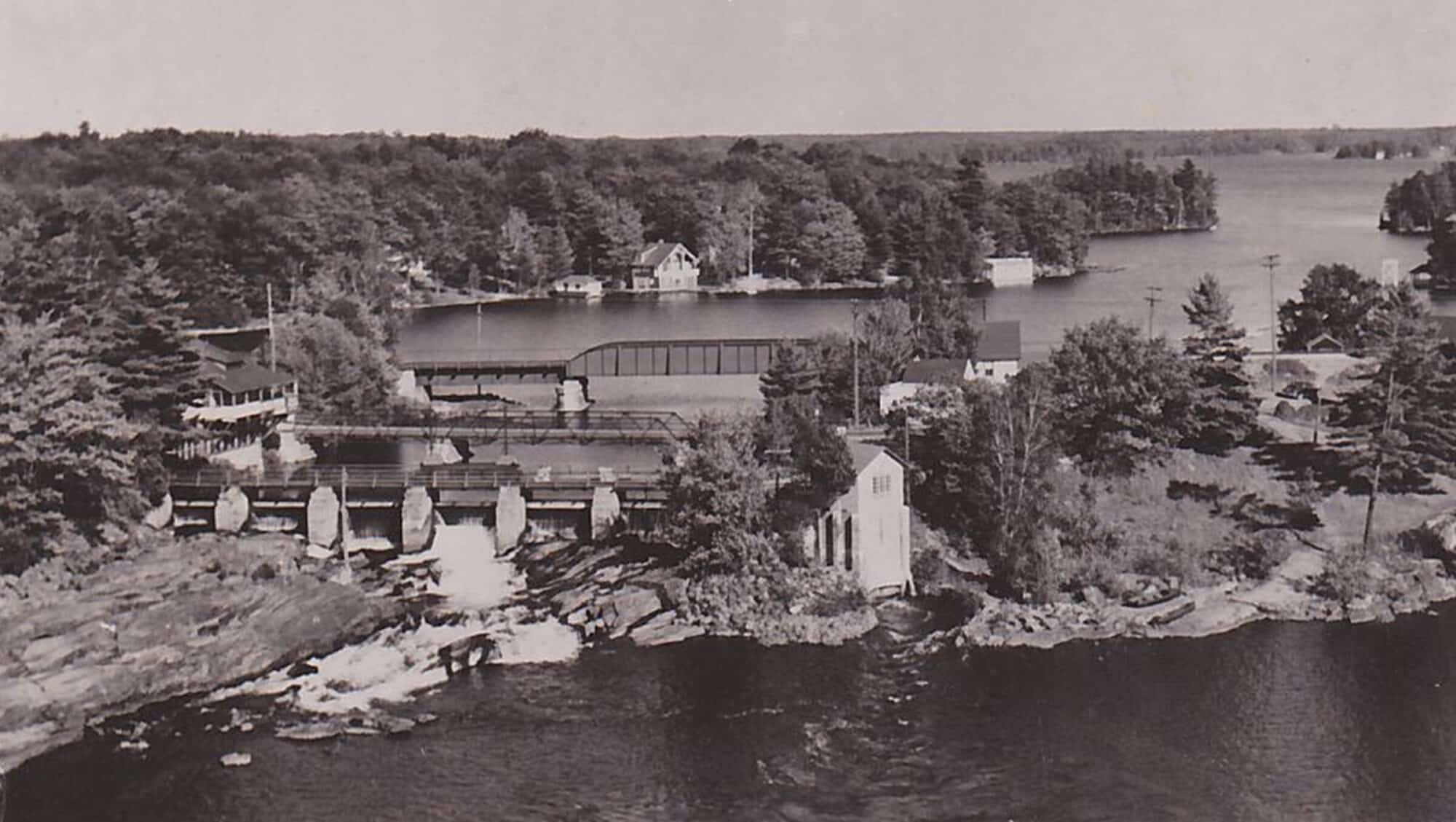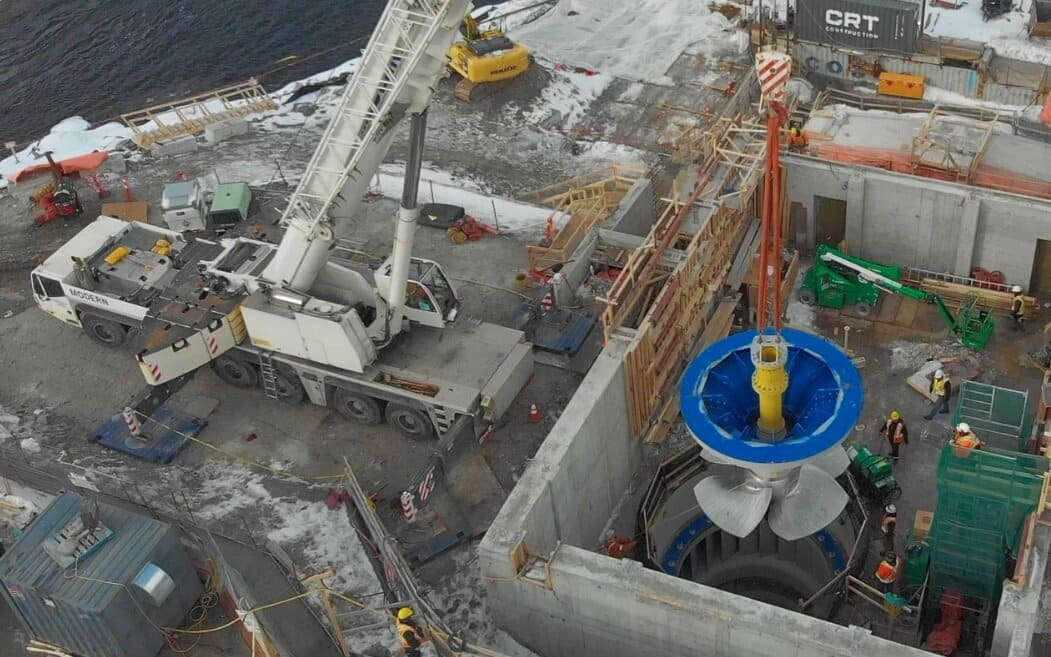About The Bala Generating Station
The Bala Generating Station is a 4.7 MW run of a river water power plant located in Bala, the Township of Muskoka Lakes, Ontario. Every year, we generate enough electricity to power 2000 homes locally. The project has a low environmental footprint and was built at the site of an old power station that existed from 1924-1972.
Project Location
The Bala Generating Station is located in Bala, the Township of Muskoka Lakes, Ontario.
Notice of Completion for the Project (under O.Reg. 116/01) was declared on October 9, 2009 at which time the Environmental Screening Review/Report (ESRR) was made available to agencies, aboriginal communities, stakeholders and the public for comments. The mandated 30 day review was extended voluntarily by Swift River to 44 days. It has been broken down into individual sections and appendices to facilitate downloading over the internet.
REPORT
- Sections 1 to 3
- Sections 4 to 13
- Appendix A
- Appendix B
- Appendix C1-C7
- Appendix C8
- Appendix D1-D14
- Appendix D15-D23
- Appendix E
HERITAGE
ADENDUMS
OTHER APPROVALS
Contact the Bala Generating Station Team
Bala Generating Station
ATTN: Gord Kuzniak
+1 (705) 641-8872










